How to Harvest and Preserve Herbs from Your Gardens
This post may contain affiliate links which might earn us money. Please read my Disclosure and Privacy policies hereDo you have an herb garden in your backyard? Are you looking for ways to maximize the number of herbs you can use throughout the year? If so, then this blog post is for you! Learn how to harvest and store fresh herbs from your garden to enjoy their flavorful aromas and taste all year round.
I love harvesting and preserving herbs from my garden! It's the perfect way to enjoy garden-fresh flavorings all year round.
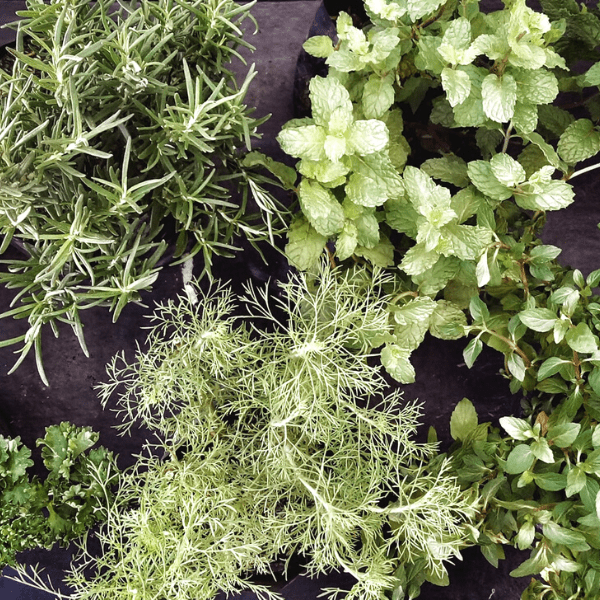
Whether snipping a few leaves or leaf-covered stems as needed for a meal or harvesting and preserving herbs for later use, I love that I can enjoy herbs no matter the time of year.
I also appreciate how easy it is to preserve herbs – air drying or dehydrating are the most common methods, but freezing and infusing them into vinegar are also great options.
Plus, with proper harvesting timing, depending on the plant part I'm harvesting, I know that my herbs will have the optimal flavor and aroma. Preserving herbs from my garden is a simple and rewarding way to add flavor to my meals any time of year!
How do you harvest and store herbs from your garden?
Harvesting and storing herbs from your garden can be a fun and rewarding experience. To start, take the time to select the herbs you wish to harvest and make sure you have the right tools for the job.
When harvesting, using sharp scissors or pruning shears and cutting the herbs at their base is essential.
Once harvested, immediately move the herbs into a cool, airy area away from direct sunlight and heat.
To store your herbs, gently wash them off with cold water and then pat them dry with a clean cloth or paper towel.
After drying, you can either place your herbs in an airtight container in a cool, dry place or hang them upside down in bunches in a dry location away from direct sunlight.
By adequately harvesting and storing your herbs correctly, you can enjoy their flavor and aroma for months!
What is the best way to preserve herbs from the garden?
The best way to preserve herbs from the garden is through freezing or drying.
For freezing, herbs should be rinsed, placed one layer deep in a freezer bag, and frozen flat.
Another option is to blend them with oil to make a paste and then freeze them in a plastic container or bag.
Lastly, herbs can be dried by layering them between salt or sugar, leaving them until desiccated, then sifting them out and storing them in an airtight container.
For tender herbs, snip off the bases of the stems and remove any discolored or wilted leaves, then transfer them to a large Mason jar with an inch of water.
Place the jar in the refrigerator and change the water every few days. These methods are easy and effective for preserving herbs from the garden.
Is it better to freeze or dry fresh herbs?
Preserving herbs is a great way to make the most of your purchase, and freezing and drying are two of the best methods. Dried herbs can last up to one year in the refrigerator and three months in cupboards. Freezing is an easy way to preserve essential oils that flavor herbs.
Freezing herbs can also be done without blanching by placing chopped fresh herbs in water or on a parchment paper-lined baking sheet.
Frozen herbs can be used in the same proportion as fresh herbs, though it is essential to remember that freezing will cause some expansion due to the water in the cell walls.
Basil, chives, oregano, lemon balm, mint, and tarragon are all excellent candidates for freezing. To make the most of your fresh herbs, consider freezing or drying them!
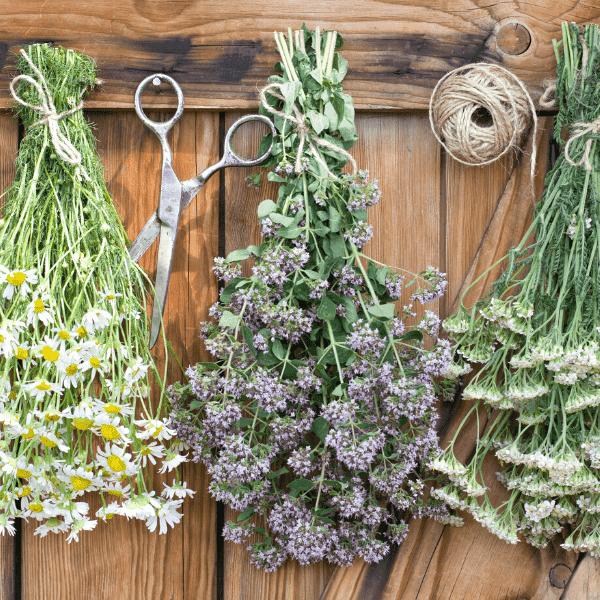
What can I do with fresh herbs from my garden?
Fresh herbs from a garden are an easy and cost-effective way to add flavor to any meal. There are plenty of ways to use them in cooking, as well as for home decor. To dry herbs like thyme or oregano, cut a bundle of long stems and rinse them lightly before placing them on a paper towel or drying rack.
For salads, mix fresh herbs like oregano, mint, dill, or basil into green salads, potato salads, or tuna salads. Pesto can be made from basil, parsley, and other more tender herbs.
Use heartier herbs like sage and rosemary for marinades or garnishes.
Lastly, place cut herbs in a glass of water-like flowers to keep them fresh on the kitchen counter for weeks.
With all these easy uses for fresh herbs from a garden, it's no wonder they are a staple in many kitchens!
Now that you have some information about preserving let's get into more detail about harvesting and preserving the herbs from our garden.
Harvesting Herbs
Harvesting herbs is an essential step in preserving them for later use. The best time to harvest herbs is early morning after the dew has dried but before the day's heat.
For herbs with long stems, like parsley and oregano, it's best to cut near the base of the plant, leaving three to four inches of stem. Regular harvesting during the growing season is vital to maintain continued growth.
When harvesting herbs, always follow the one-third rule: take only one-third of the plant each time you harvest.
This will ensure that there are enough leaves and stems remaining to support continued growth. Once harvested, herbs can be frozen, dried, or stored as is.
Freezing Herbs
Freezing herbs is an easy and effective way of preserving the flavor and aroma of your homegrown herbs. Lay sprigs of rinsed herbs one layer deep in a freezer bag and freeze flat.
You can also place your chopped herbs in a zip-top freezer bag, adding 2 tablespoons of oil if you wish. Freezing preserves essential oils, giving herbs their flavor, and can last up to 6 months when properly stored and without fluctuating temperatures.
Frozen herbs can be used in the same proportion as fresh herbs, and there is no need to thaw before using; add at the end of cooking.
With proper harvesting, drying, or freezing techniques, you can ensure that you get the most out of your homegrown herbs while they are fresh from the garden.
Drying Herbs
Drying herbs is a great way to preserve them and keep their flavor. To do this, snip herbs and tie them into a small bundle with twine. Then, hang the stems upside down in a dry, dark place with some air circulation, away from direct sunlight.
Herbs with small leaves like thyme, oregano, and rosemary will take 6-10 days to dry.
For leaves and flowers, rub between your fingers to check if they are dried and “crisp.” Then, strip the best leaves from the stems, lay them in a single layer on the drying rack, and turn them for even drying during the first few days.
For quicker drying, you can microwave the herbs in single layers on a paper towel for 30 seconds intervals until they are crisp. Once dried, store your herbs away from direct sunlight in an airtight container or jar, and they will remain flavorful for up to 6 months.
Storing Herbs
Storing herbs can be done in several different ways. Freezing is one of the easiest ways to preserve herbs; rinse and chop the herbs, place generous amounts into ice cube trays or herb trays, add some water or olive oil, and freeze.
Refrigerating is also an option for some herbs, like rosemary, chives, and thyme, which can be stored for a week or longer in the vegetable bin; wrap them in a damp paper towel for the best flavor.
For a longer-term storage solution, air drying is an effective way to preserve many herbs and flowers; tie up small bunches of stems and leaves and hang them upside down in a cool, dry place like a bouquet.
To freeze chopped herbs, fill an ice cube tray with a combination of clean, chopped herbs and either water or oil, depending on later use. Once the herbs are frozen, they can be stored in labeled freezer bags until ready to use.
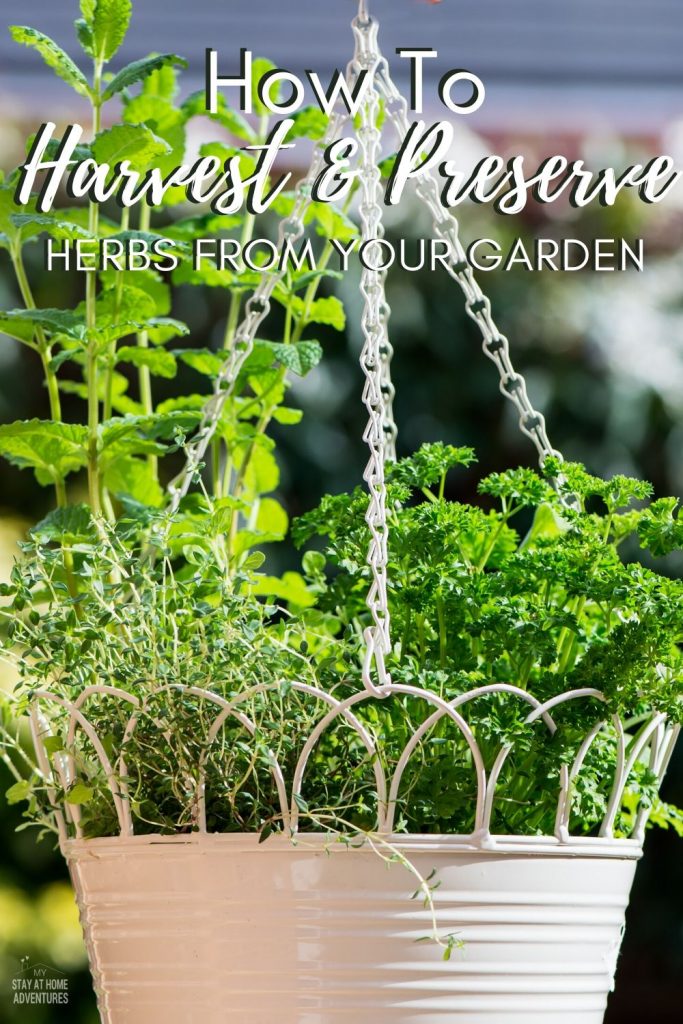
The One-Third Rule
The One-Third Rule is important to follow when harvesting herbs from your garden. As a general rule, you should never take more than one-third of the aerial growth of a plant at one time.
This is to ensure that the plant can recover and continue to produce healthy herbs for future harvests.
To harvest herbs, use clean scissors or pruners to cut the stems and always cut just above a node (where leaves meet the stem). Clip stems close to a leaf pair when you pinch your plants to avoid leaving a stub.
This will help preserve flavor and oils and ensure the plant grows and produces healthy herbs.
It is important to identify the best time to harvest herbs to get the most out of your plants and ensure they remain healthy and productive.
Identifying the Best Time to Harvest Herbs
Harvesting herbs at the right time is essential for getting the most flavor and aroma from them. As stated above, the best time to pick is early morning, just as the dew evaporates, before the day's heat.
- Choose a dry day, and snip the plants regularly to ensure continued growth. Bundling herb stems with an elastic can help make harvesting easier and storing them for longer periods.
- After harvesting herbs, be sure to freeze or dry them to preserve their flavor and aroma. Once frozen or dried, herbs can be stored in airtight containers or hung in bunches in a cool, dark place.
- To get the most out of roots, they should be harvested in the late fall or early spring when the ground thaws and when there is enough foliage on the plant to support growth.
Following these tips will ensure you get the optimal flavor from your herbs and keep your garden flourishing for months.
How to Cut Herbs
Harvesting herbs is an easy and rewarding task for any gardener. Choosing the right time and method for cutting herbs is vital to ensure you get the most out of your plant.
To harvest from branching herbs, clip in a way that simulates new growth by pinching or cutting back to a fresh set of leaves.
It would help if you snipped annual plants like basil, cilantro, stevia, and dill should be snipped as soon as the plant is strong.
Cut whole stems and generous amounts of leaves, making sure to leave enough foliage to promote continued growth.
To preserve herbs, freeze them after quickly rinsing them in cold water, shaking off the excess, then chopping them coarsely.
Harvest herbs before they flower for the best flavor, as their taste diminishes after flowering. When harvesting leafy annual herbs like basil, pinch at the tips of the stems, gathering several leaves at a time.
For longer-stemmed herbs like cilantro and parsley, cut just above where two leaves meet on the stem.
When harvesting herbs from your garden, follow the one-third rule – never take more than one-third of any given plant at once – to ensure robust regrowth.
Where to Hang Dried Herbs
Once the herbs are completely dry and brittle, it's time to hang them up for storage. The best way to do this is to tie them in small bunches and hang them upside down in a dark, well-ventilated, and dust-free room.
Sunlight will reduce the color and flavor of the herbs, so try to keep them out of direct sunlight.
Be sure to hang them high enough off the ground that they won't get knocked around or disturbed by pets or children. With proper care, this drying method will keep your herbs fresh and flavorful for months.
Where to Store Harvested Herbs
Where to store harvested herbs depends on the method of preservation. Fresh herbs can be stored in a jar or vase with water, similar to cut flowers. Place frozen herbs in ice cube trays or herb trays with a bit of water or olive oil.
Dried herbs should be stored in an airtight container away from heat, light, and moisture.
Label the containers with the herb's name and the harvested date. No matter how you preserve your herbs, regular harvesting throughout the growing season will ensure you have a bounty to enjoy all year.
Harvesting, drying, and storing herbs from your garden is a great way to enjoy the bounty of your hard work. With the proper process, you can ensure that your herbs are preserved in their full flavor and aroma for future use.
For best results, harvest herbs when they are at their fullest flavor and aroma, using the one-third rule as a guide.
Dry them in a dark, well-ventilated place, and store them in an airtight container away from direct sunlight. With these tips, you can enjoy the freshness of your homegrown herbs all year round!

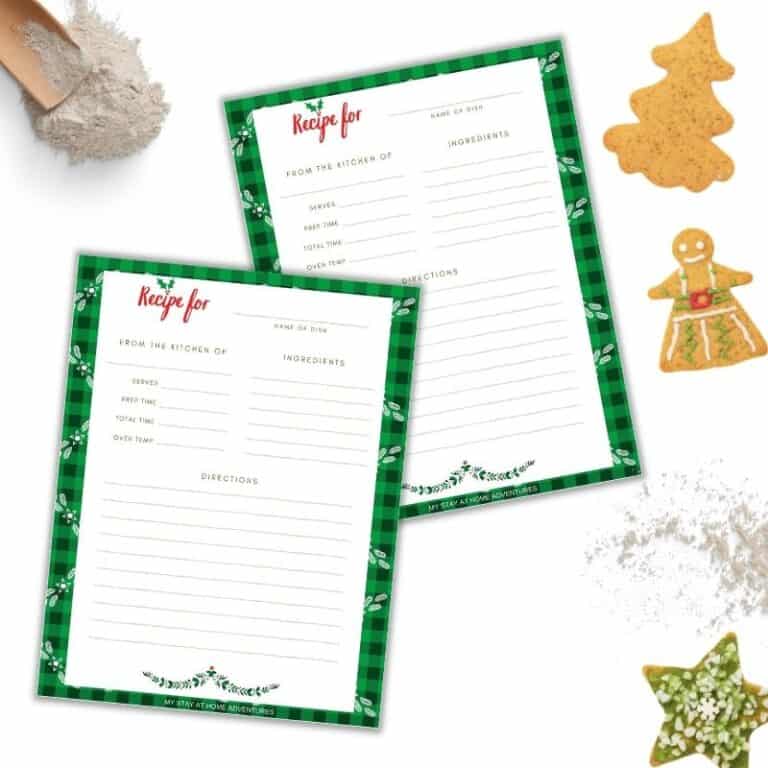
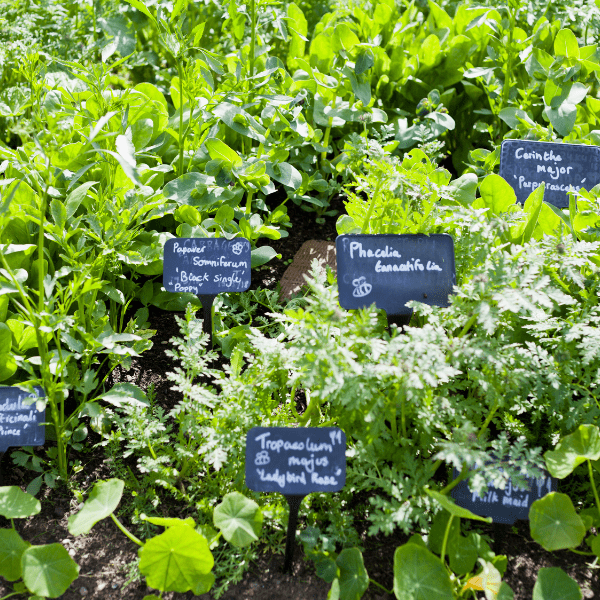

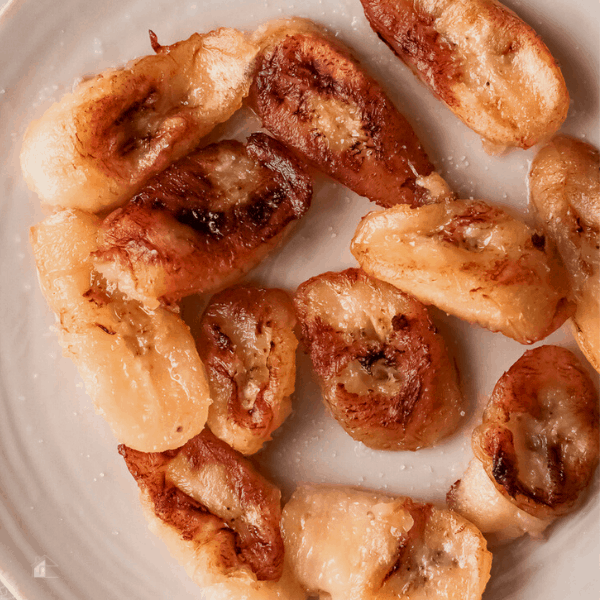


I need to get better at this. I’m pretty good at drying herbs but not preserving them in any other way. I also know that frequent harvests can yield a larger harvest and help the plant to produce more!
This site is very helpful. I dried my herbs by hanging them in the Colorado mountain sun. I then put them in 1/2-pint mason jars with labels and into my pantry for future use! Thank you for your advice